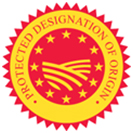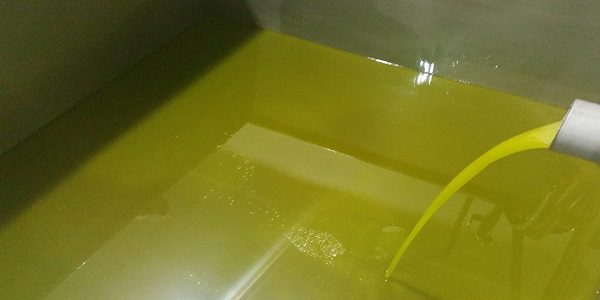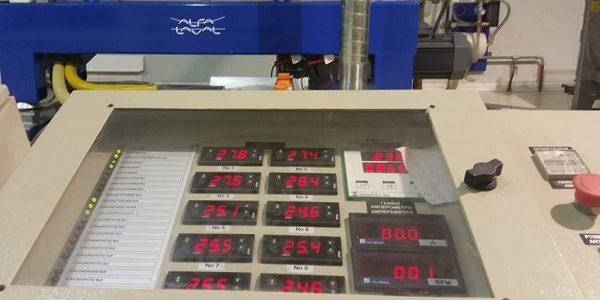Our Glossary to Help you to make your choice.
Dear consumer and friend of good and natural things,
Please be careful on some denominations. The most used are below.
To help You to make your choice trough the different Olive Oils you will find …
 Extra Virgin Olive Oil*
Extra Virgin Olive Oil*
Virgin olive oil which has a free acidity, expressed as oleic acid, of not more than 0.8 grams per 100 grams, and the other characteristics of which correspond to those fixed for this category in the IOC standard.
Virgin olive oil*
Virgin olive oil which has a free acidity, expressed as oleic acid, of not more than 2 grams per 100 grams and the other characteristics of which correspond to those fixed for this category in the IOC standard.
Ordinary virgin olive oil*
Virgin olive oil which has a free acidity, expressed as oleic acid, of not more than 3.3 grams per 100 grams and the other characteristics of which correspond to those fixed for this category in the IOC standard. This designation may only be sold direct to the consumer if permitted in the country of retail sale. If not permitted, the designation of this product has to comply with the legal provisions of the country concerned.
*Source : http://www.internationaloliveoil.org/estaticos/view/83-designations-and-definitions-of-olive-oils
Olive Oil First Cold Pressed*
First cold pressed means “that the fruit of the olive was crushed exactly one time-i.e., the first press. The cold refers to the temperature range of the fruit at the time it is crushed”. In Calabria (Italy) the olives are collected in October. In regions like Tuscany or Liguria, the olives collected in November and ground often at night are too cold to be processed efficiently without heating. The paste is regularly heated above the environmental temperatures, which may be as low as 10–15 °C, to extract the oil efficiently with only physical means. Olives pressed in warm regions like Greece, Southern Italy or Northern Africa may be pressed at significantly higher temperatures although not heated. While it is important that
the pressing temperatures be as low as possible (generally below 25 °C) there is no international reliable definition of “cold pressed”.
Furthermore, there is no “second” press of virgin oil, so the term “first press” means only that the oil was produced in a press vs. other possible methods.
*Source : https://en.wikipedia.org/wiki/Olive_oil
Olive Oil Acidity*
Free acidity is an important parameter that defines the quality of olive oil and is defined as a percentage as grams of free fatty acids (expressed as oleic acid, the main fatty acid present in olive oil) in 100 grams of oil. As defined by the European Commission regulation No. 2568/91 and subsequent amendments, the highest quality olive oil (Extra-Virgin olive oil) must feature a free acidity lower than 0.8%. Virgin olive oil is characterized by acidity between 0.8% and 2%, while lampante olive oil (a low quality oil that is not edible) features a free acidity higher than 2%. The increase of free acidity in olive oil is due to free fatty acids that are released from triglycerides.
*Source : https://en.wikipedia.org/wiki/Olive_oil_acidity
 PDO = Protected Designation of Origin
PDO = Protected Designation of OriginIdentifies products that are produced, processed and prepared in a specific geographical area, using the recognised know-how of local producers and ingredients from the region concerned. These are products whose characteristics are linked to their geographical origin. They must adhere to a precise set of specifications and may bear the PDO logo.
 PGI = Protected Geographical Indication
PGI = Protected Geographical Indication
Identifies products whose quality or reputation is linked to the place or region where it is produced, processed or prepared, although the ingredients used need not necessarily come from that geographical area. All PGI products must also adhere to a precise set of specifications and may bear the logo below.
(Source : http://ec.europa.eu/agriculture/quality/index_en.htm)



 Contact Us
Contact Us